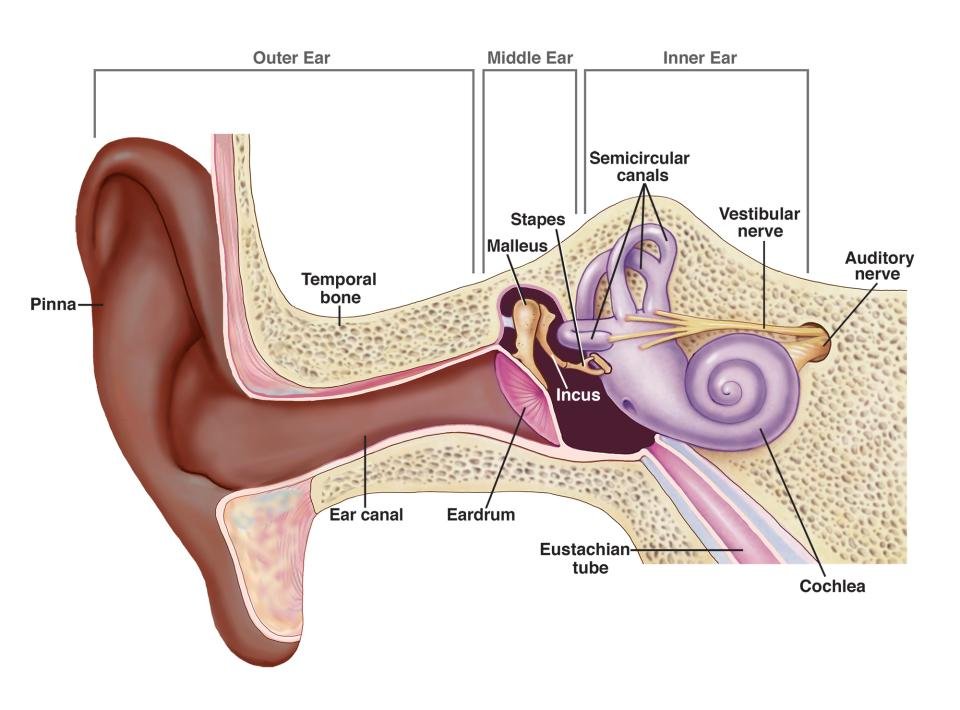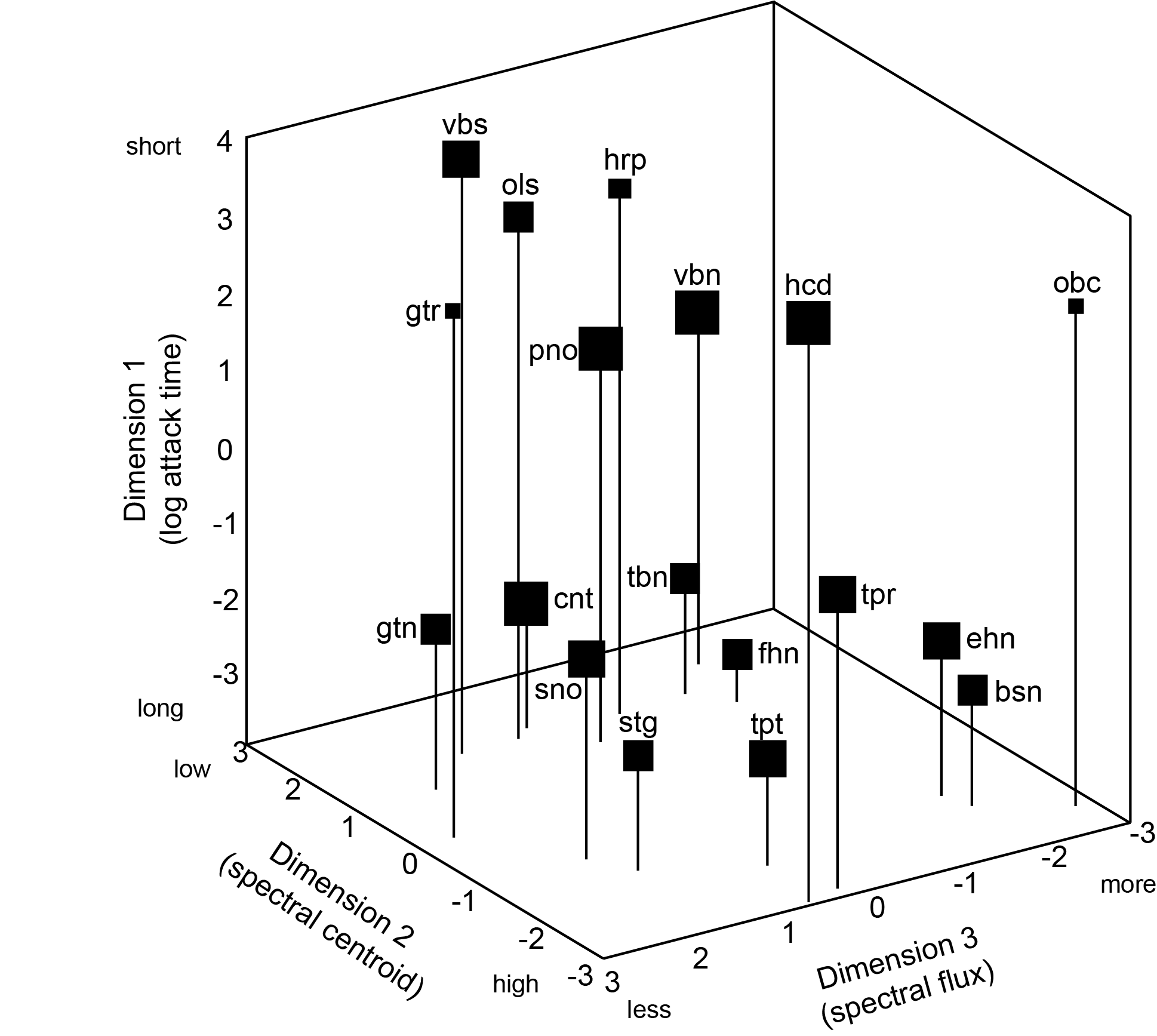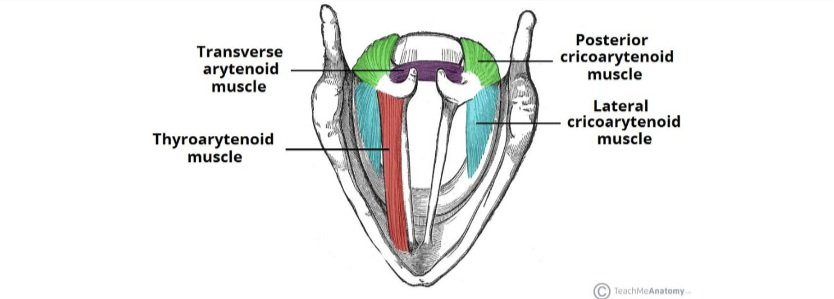Timbre Lingo
Timbre Lingo is an essay series that explores various terms and concepts related to timbre and orchestration. Written by members and invited authors of the Analysis, Creation, and Teaching of Orchestration (ACTOR) project, these short essays are designed to introduce complex ideas in an accessible manner, making them perfect for undergraduate students or anyone eager to learn the fundamentals of timbre and orchestration.
The series covers a wide range of topics, from basic concepts like the difference between a signal and a spectrum to more advanced subjects such as instrumental synthesis and timbre space. Many of the essays feature visual aids, including spectrograms and other illustrations, to help clarify the concepts being discussed.
Whether you're a music student, an educator, or simply someone with a passion for understanding the intricacies of sound and orchestration, Timbre Lingo provides a valuable and engaging learning resource. Dive in and explore the fascinating world of timbre and orchestration with this compelling essay series.

Timbre Lingo was conceived by Jason Noble, and primary contributors have included Jason Noble, Julie Delisle, J. Marchand Knight, Theodora Nestorova, and Amélie Bernier-Robert. Under the guidance of Caroline Traube, Amélie Bernier-Robert has performed extensive reviewing and formatting for many of the essays in this series, with additional reviewing done by Lena Heng, Malte Kob, Robert Hasegawa, Stephen McAdams, Lindsey Reymore, and Andrés Gutiérrez Martínez. Timbre Lingo is edited by Ben Duinker and published by the Timbre and Orchestration Writings team.


















